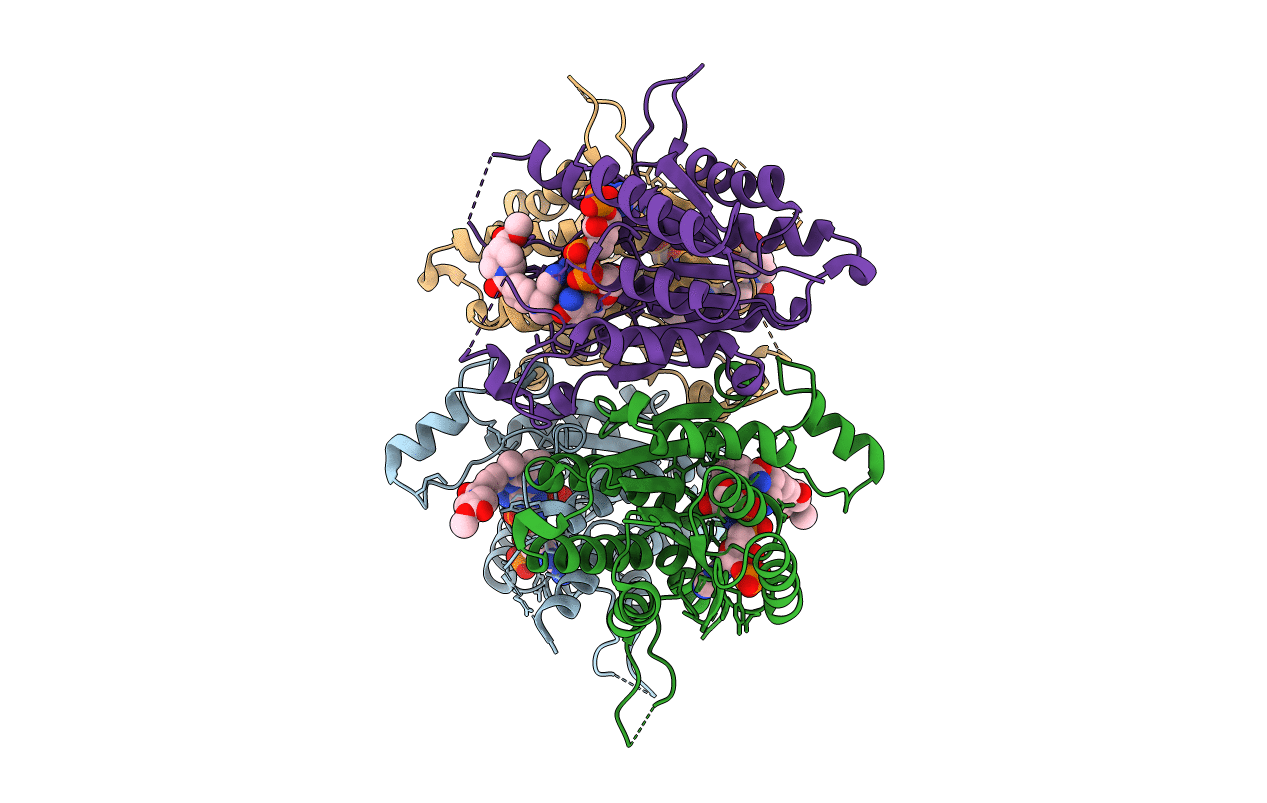
Deposition Date
2007-07-03
Release Date
2007-12-25
Last Version Date
2024-02-21
Entry Detail
PDB ID:
2QHX
Keywords:
Title:
Structure of Pteridine Reductase from Leishmania major complexed with a ligand
Biological Source:
Source Organism:
Leishmania major (Taxon ID: 5664)
Host Organism:
Method Details:
Experimental Method:
Resolution:
2.61 Å
R-Value Free:
0.22
R-Value Work:
0.18
Space Group:
P 21 21 21


